Research
Search our website
Search our website by entering a keyword or choose a database above to search specifically.
Search
Showing search results 4,251 - 4,260
14,716 results found
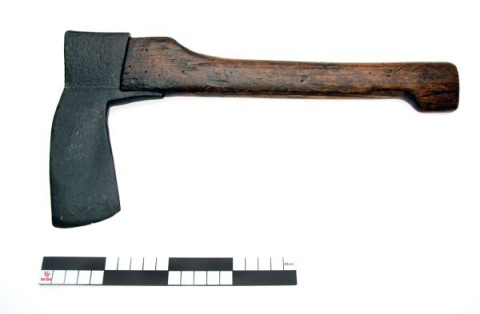
Topping axe
When cutting down large trees, it is sometimes necessary to remove their
crowns first to prevent the tree from hanging, to reduce weight and prevent
cracking, etc. This is usually done with a topping axe. It is a light axe
of about 0.8 to 1.5 kg with a relatively narrow (6.5-7 cm) and long (20-27
cm) blade, on a handle of 40-50 cm. The specialized craftsman is on his
climbing irons and is stopped by a rope. He usually works with one hand. If
the lumberjack does the work himself, he often uses the woodman's axe.
[MOT]
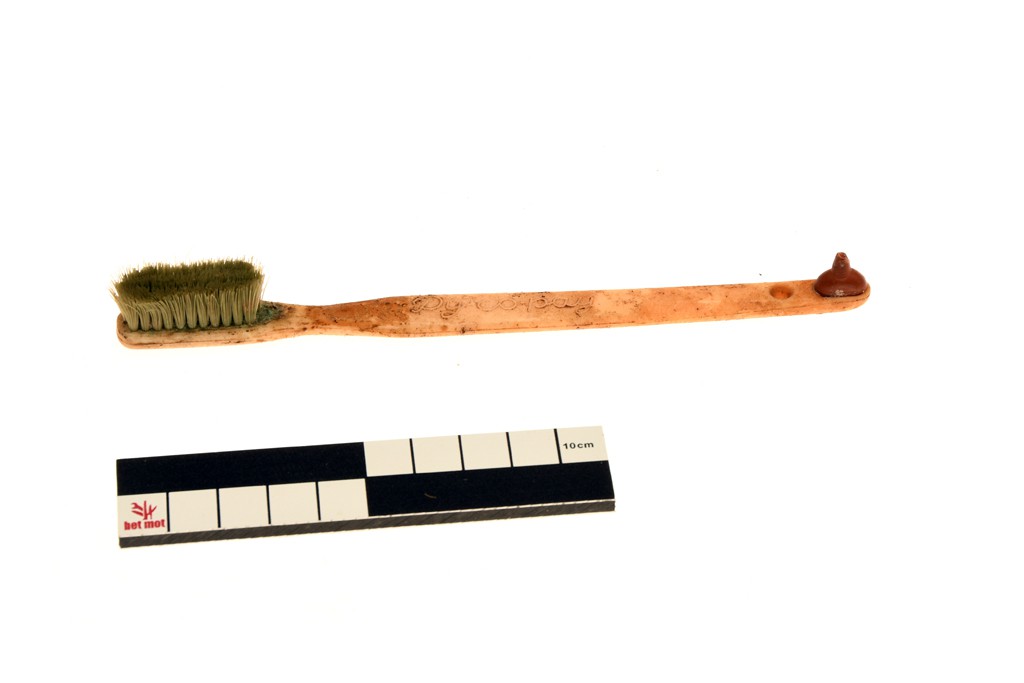
Tooth brush
This text can only be consulted in Dutch
<https://www.mot.be/resource/Tool/tooth-brush?lang=nl>
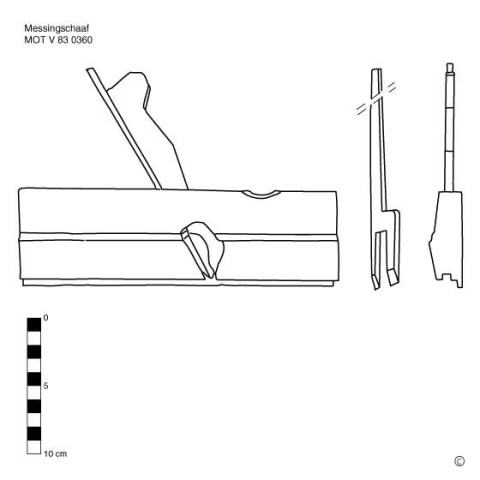
Tongueing plane
This text can only be consulted in Dutch
<https://www.mot.be/resource/Tool/tongueing-plane?lang=nl>
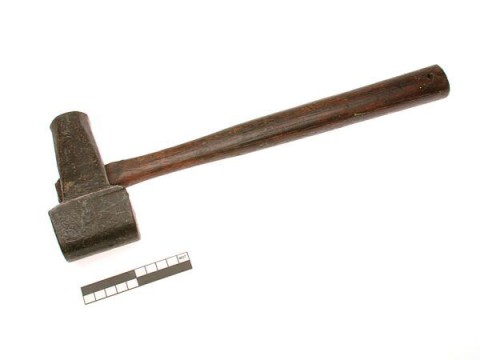
Top fuller
This text can only be consulted in Dutch
<https://www.mot.be/resource/Tool/top-fuller?lang=nl>
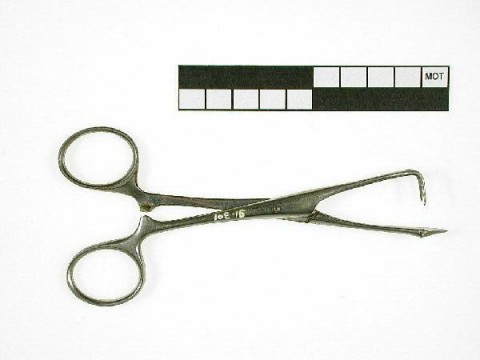
Tongue pliers
This text can only be consulted in Dutch
<https://www.mot.be/resource/Tool/tongue-pliers?lang=nl>
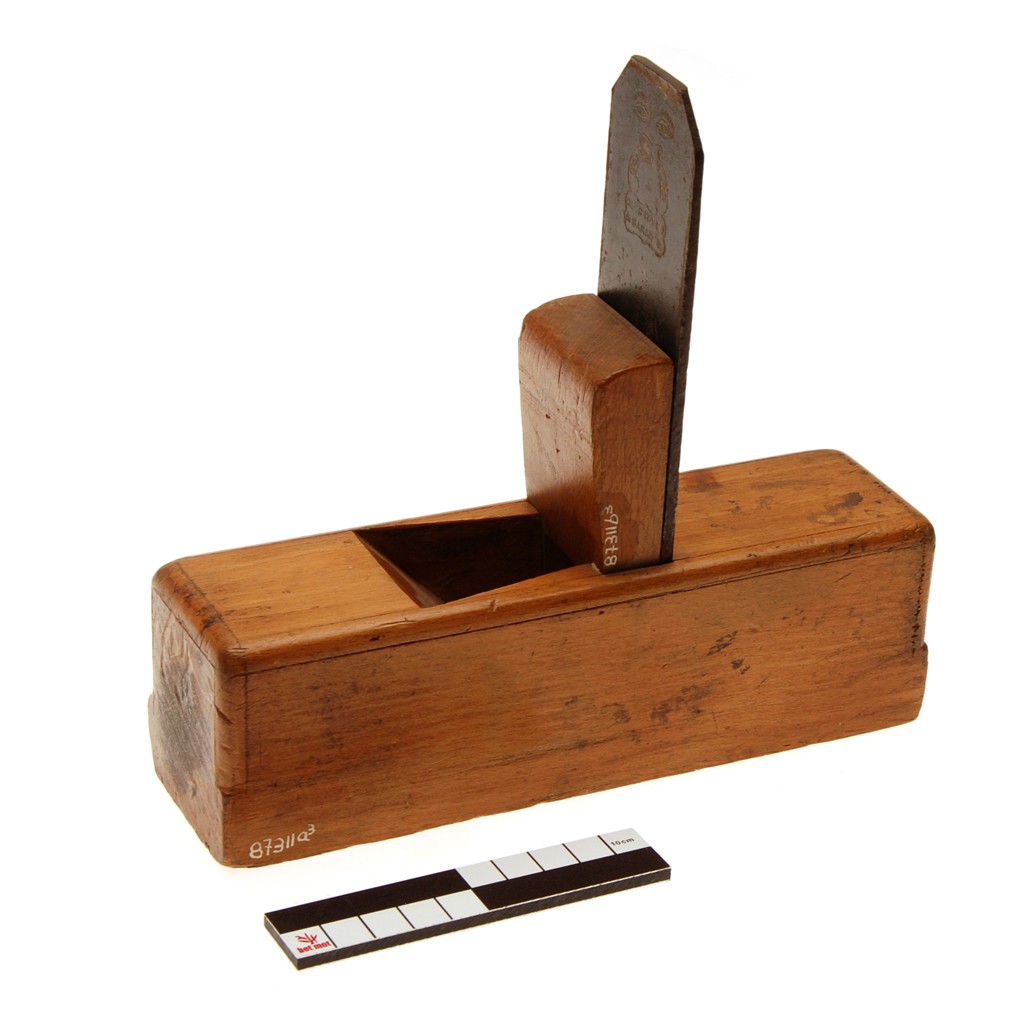
Toothing plane
This text can only be consulted in Dutch
<https://www.mot.be/resource/Tool/toothing-plane?lang=nl>
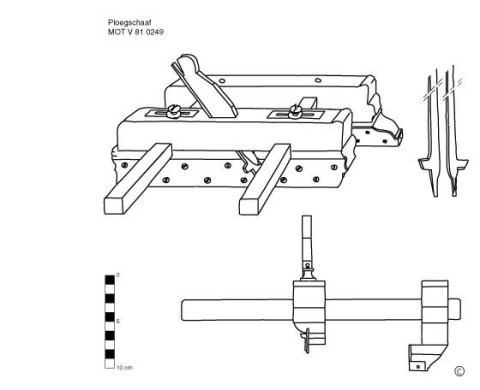
Tongueing plane
This text can only be consulted in Dutch
<https://www.mot.be/resource/Tool/tongueing-plane-2?lang=nl>
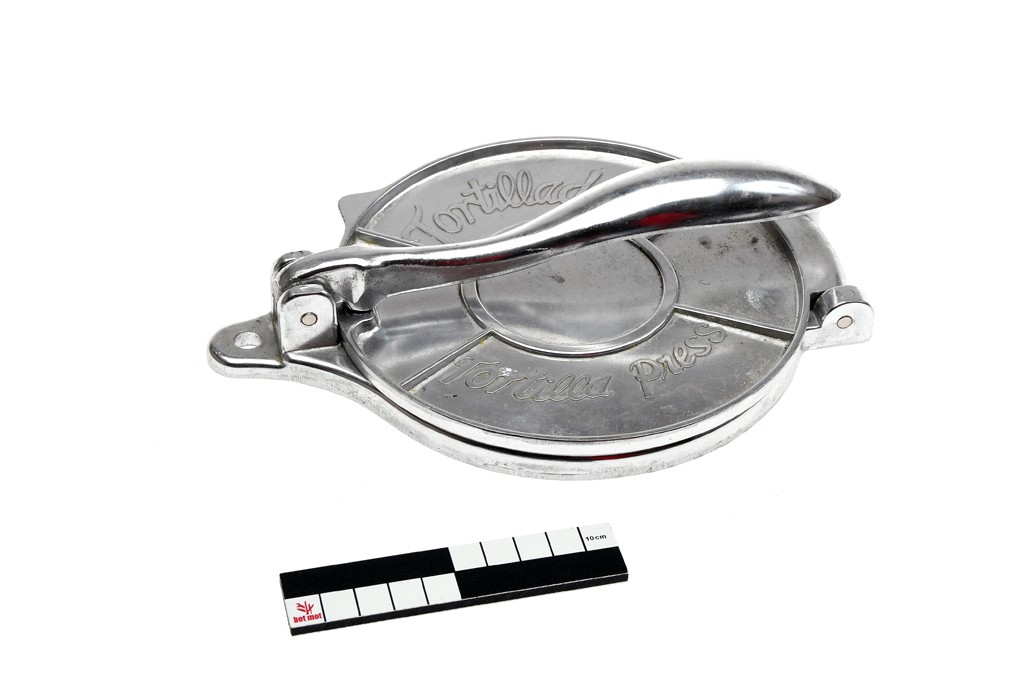
Tortilla press
This text can only be consulted in Dutch
<https://www.mot.be/resource/Tool/tortilla-press?lang=nl>
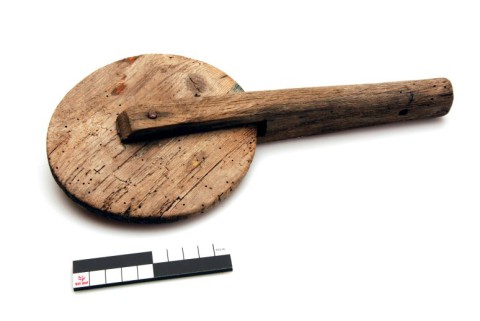
Traveller (wheelwright)
Measuring tool consisting of a disc or wheel (approx. 20 cm) that rotates
on an axis fixed in an iron or wooden handle. Disc or wheel can be made of
wood, iron or a combination of both (1). Usually there is a radial mark.
After the wheelwright has driven the rims on the spokes (see also spoke
dog) the wheel returns to the blacksmith to be ironed. That craftsman
measures the circumference of the wheel by rolling the traveller over the
wheel and transferring the same number of rotations to the iron band. Then
he can chop or cut it to the desired length. The tracing wheel is also used
sporadically by the millwright when covering the millstone with iron hoops.
See also the wheeled verge cutter. [MOT] (1) NEDERLOF: 20.
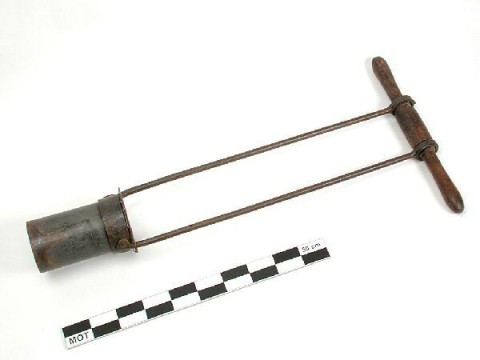
Transplanter
This text can only be consulted in Dutch
<https://www.mot.be/resource/Tool/transplanter?lang=nl>
